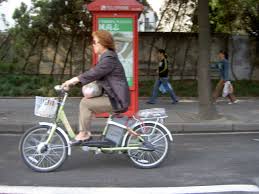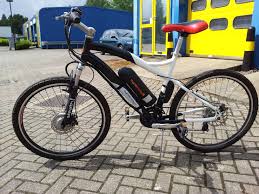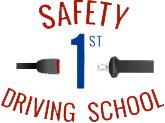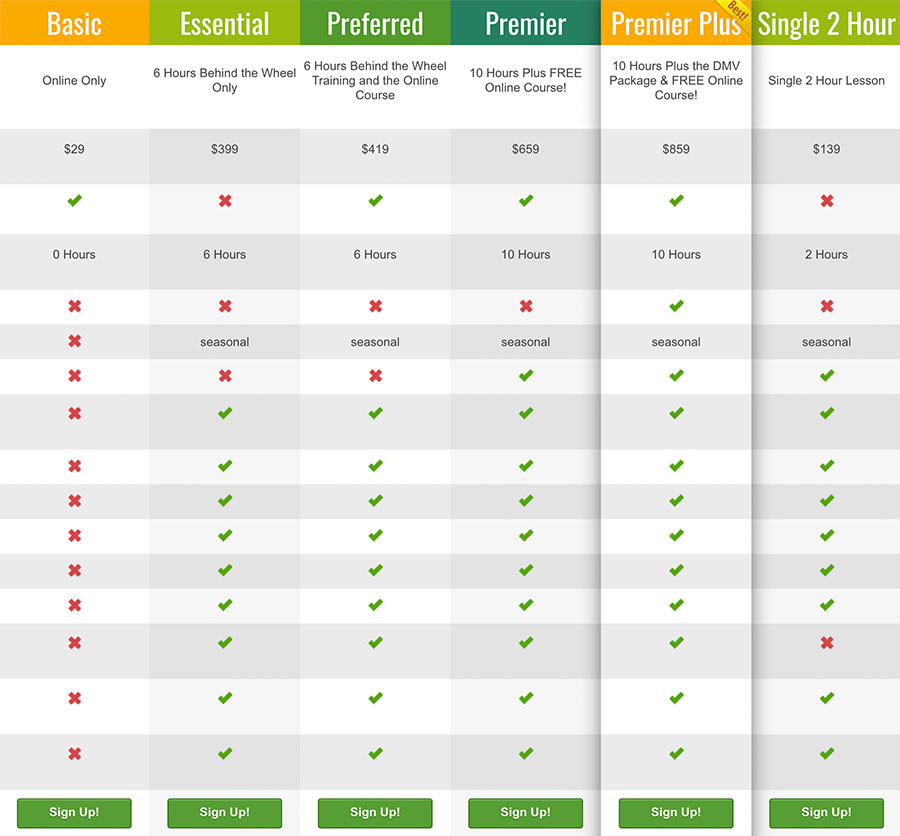 Just yesterday afternoon, a 23-year-old young man named Jonathan Wilson died when the electric bicycle he was riding crashed into a parked van in Newport Beach. Authorities do not know how fast the bike was going, but apparently the force of the crash threw Wilson off the bike and into the van’s rear window. Wilson was not wearing a helmet. (source: Daily Pilot)
Just yesterday afternoon, a 23-year-old young man named Jonathan Wilson died when the electric bicycle he was riding crashed into a parked van in Newport Beach. Authorities do not know how fast the bike was going, but apparently the force of the crash threw Wilson off the bike and into the van’s rear window. Wilson was not wearing a helmet. (source: Daily Pilot)
Our condolences go out to Wilson’s family. What an awful tragedy.
As always, we like to use real life stories as learning experiences for the rest of us out there. Electric bicycles are gaining popularity in parts of the U.S. and as with anything traveling on the roads, can pose a safety risk to motorists, bicyclists, and pedestrians.
Here are some important electric bicycle laws and safety tips for you to be aware of.
Electric Bicycle Laws & Safety Tips
California Laws Regarding Electric Bicycles
 An electric bicycle is not a motor vehicle; so license, registration, and insurance laws do not apply to electric bikes. In California, electric bikes are to be operated like standard bicycles, except that:
An electric bicycle is not a motor vehicle; so license, registration, and insurance laws do not apply to electric bikes. In California, electric bikes are to be operated like standard bicycles, except that:
- you must be at least 16 years old, and
- you must wear a helmet at all times.
Electric bike motors must have a power output of less than 1,000 watts and must be incapable of going faster than 20 miles per hour on level ground. They also must be incapable of going faster than 20 miles per hour at top speed with the motor going AND the driver pedaling the bike.
The electric bicycle must be designed so that:
- when the brakes are applied the motor stops functioning, OR
- the motor operates when a switch or mechanism is engaged, and when that switch or mechanism is released the motor stops functioning.
Drinking and driving laws do apply to electric bicycles.
Electric bikes may not be used on dedicated bicycle paths unless they are within or adjacent to a roadway, or it is allowed by a government ordinance.
More laws may apply to electric bicycles, so check your city and county ordinances.
Safety Tips for Electric Bicycles
Here are some safety tips for e-bike riders, from electricbikereport.com:
- ALWAYS wear a helmet. No exceptions.
- Make sure your bike has front and rear lights, as well as reflective stickers.
- Wear bright, reflective clothing.
- Install a horn so that motorists can see you coming. Bicyclists and even motorcycles can be quiet and easily lost in a motorist’s blind spot.
- Find safe routes – preferably less traveled roads and pathways that allow electric bikes.
- Ride defensively. Don’t assume anyone can see or hear you. Anticipate what drivers and pedestrians might do, and act accordingly. At the risk of seeming annoyed, beep your horn to let people know you’re there. And remember, cars make mistakes too – they don’t always use their turn signals, so be alert, cautious, and prepare for the worst.
- Beware of parked cars. As we saw above, even these can pose a threat to e-bike riders. Besides, someone could open their car door as you pass or pull out of their parking spot without looking.
- Look out for other bicyclists. They don’t always light up at night or may dart out in front of you.
- Let pedestrians know you’re coming with an announcement of “On your left!” or a beep of the horn. Always slow down when approaching pedestrians.
- Your bike wheels are not prepared for potholes or cracks, so slow down and avoid them.
- Loose gravel, snow and ice (not too big of a worry here in Orange County) and wetness can be risky too. Slow down, be cautious, and avoid those conditions if possible.
Let’s prevent these unnecessary injuries and deaths from electric bike accidents. Be safe, e-bike riders!


